© 2022 All rights reserved Worktop Library
Marble vs granite vs quartz vs quartzite. Many choices, but how do you choose the right worktop? Which one’s better with so many options in the marketplace? We’re going to show you exactly how to choose the right worktop for your home. If you’re looking to install new worktops or build a new home, you want to know which surface is best.
Choosing between a quartz worktop and a granite countertop can be tricky. But reading this article through to the end will help you make that decision a little easier as we go through the pros and cons of each. So if you’re ready, let’s go.
Granite vs quartz vs marble vs quartzite.
You know there are a lot of different kitchen worktop products out there. People always ask, what is it? What’s the difference between each one of those stones?
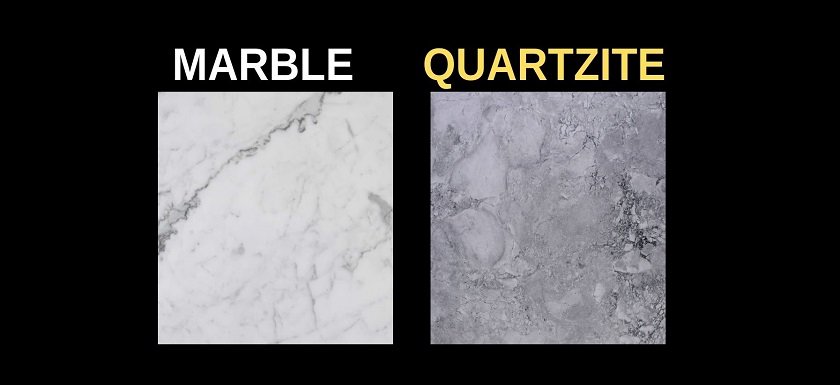
Marble and quartzite are both natural stones. Those are all quarried from the ground, where the natural rocks come. The quarries, rather than stone manufacturers, deal with these products. And granite is a natural stone that is also a suitable surface for kitchen worktops.
Similarly, quartzite is also a suitable surface for kitchen worktops. But marble, on the other hand, is the most inadequate material out of these three for kitchen worktops. And it is not always recommended for a functional kitchen. Therefore, if you are confused by reading online about sealed tops (you hear people about cleaning, and whether it’s honed or polished and that sort of thing is), what’s the best, etc., read on.
Should I seal all these stones?
Natural stones like marble, granite, and quartzite all need sealants. And quartz, an engineered stone, is 92% genuine quartz natural stone. That is mixed and made into an engineered stone. And is the only product from this article that does not need sealants to protect the surfaces.As you can see, you can choose from natural products or factory-made ones.
Quartz is an engineered stone, and quartzite is a natural stone.
Although traditionally, the cheaper quartz products came from China, you can find most new factories in Italy, India, and the Philippines. And they are making more high-end quartz slabs. In turn, this results in more realistic marble-effect options for you, our client.
These products come from all around the world. And some of these, like the granite itself, is natural stone because we extract granite out of the ground.
What different countries do these stones come from, and how does it get into my home?
The Worktop Library boasts a network of over 720 quarries worldwide. India, Brazil, and Italy are probably the top three countries for stone exports in the world. As a result, worktop materials arrive daily in the UK in containers from different countries worldwide.
Below you can see the process of getting a stone from the quarry into your home.
- We buy large blocks, and the blocks undergo a process that turns them into these slabs at the quarry.
- Next, we import all of our stones into the United Kingdom.
- We transport the stone slabs from the docks in England up to the distributor’s warehouse.
- The distributor delivers the slabs to approved fabricators across the UK.
- Stone suppliers convert the slabs into kitchen surfaces, providing the worktops to your home.
If you are interested in knowing more about the journey that a stone takes from the quarry to your home, you can click on this link to read a full article about the process.
Granite vs quartz vs marble vs quartzite come in a variety of different styles and sizes.
We established that quartzite is a natural stone similar to marble. And like marble, quartzite is a calcified material. A calcified material is super hard. In fact, It’s as hard as granite. Quartz is also as strong as granite. But with engineered stones like quartz, you will find more uniform slab sizes. The quartz slabs come in different dimensions. In general, they all come in standard sizes of 3000 x 1400 mm and 3200 x 1600 mm. But you will find that these dimensions vary slightly depending on the brand of quartz you choose. In contrast, this is also what makes the position of your worktop’s joints somewhat limited to the size of the slab.
As an example, we’ll show you a Silestone Slab.This colour. is ‘Eternal Calacatta Gold’. It’s inspired by the natural Calacatta Gold marble, also known as ‘Calacatta Oro’ marble.
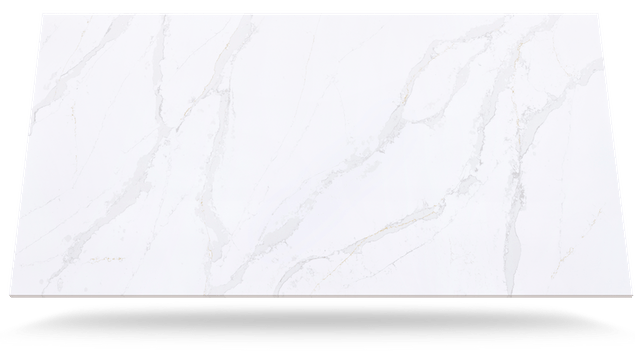
Silestone Calacatta Gold and all Silestone quartz products come from Spain. An Eternal Calacatta Gold slab measures 3250 x 1590mm. Unfortunately, we often see some of these monster islands that won’t accommodate your quartz slab in one piece.
And there are also book-match versions of these materials. It means that you can choose left and right when creating your worktop design. For example, the below image shows two book-matched slabs of Neolith Calacatta Lux, a sintered stone material for kitchen worktops and splashbacks.
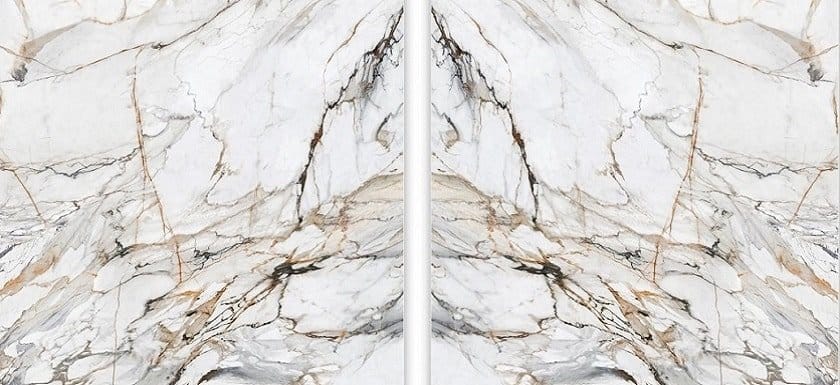
The veining in a book-matched island is usually connected in a bookmatched fashion. And it’s done the same way as with a natural stone. Usually, It is the higher quality quartz brands that offer book-match slabs. And you can also choose most of the marble, granite and quartzite in book-match patterns for seaming purposes. But, of course, all of these different products have different price points. Some of these tones are a little bit expensive, and some a little less expensive.
Granite vs quartz vs marble vs quartzite. What makes the price difference?
There are two aspects to the prices of all the natural stones:
First, we quarry the materials from the ground. Therefore, rarer materials like quartzites are more expensive stones. Quarries find small deposits in the Earth, and these tend to be more expensive. It’s not a quality issue but an availability issue.
We always clarify this when explainingkitchen worktop prices. We use a category one through category five category. One is the lowest price category five is the highest price. But often, some people think a higher price category is also going to mean higher quality. It’s not necessarily the case. It’s just that the level one stones come from huge quarries that mass-produce, keeping their raw material costs relatively low.
The materials typically come in two, and three-centimetre thicknesses. And the quality of the blocks is connected. It’s just that the rear deposits drive the prices of the exotic materials up. With quartz, there is an entirely different situation. Brands make their materials with quartz crystals, the most abundant mineral on Earth.

Looks translate into different price levels
The more transparent materials tend to be most expensive than white quartz or even smoky quartz. So the higher quality factory in Italy that produces this material uses a lot of clear Cortes gives it translucence, which increases the quality and the cost of the material because it is an engineered stone.
The colours that we see in houses in 2021 are the greys and the whites. We install 70% of our worktops in these colours right now. But do you know what we see trend wise? We can see more of the classic colours coming back. Some trends are switching back to traditional colours, like some creams, light blues, and gold tones coming back in.
Which of these stones will need resealing?
We get this about resealing very often. However, as we mentioned earlier, natural stones need sealants, including granite. Therefore, what we recommend is using a stone cleaner to clean your stone. No abrasives, no acidic cleaners.
If you use an abrasive, cleaner or acidic cleaner, or a scrubby pad, like a Scotch-Brite pad, etc., you are stripping the sealer off the surface. In that case, you would have to reseal it more.
High-quality sealers likeLithofinlast for a long time, as long as you treat them properly.
Do you have concerns on whether you could clean up red wine if you spill on your natural stone worktop?
It’s not going to stain. It’s not going to immediately stay as long as you have an excellent sealant in place on there and the sealers in place. And also as long as you wipe it off right away, even on white materials like white marble.
It’s one of the most flawed materials. The marbles are the ones that are going to be more susceptible to stain because they are porous and they have the highest ability to absorb. That’s one thing we talk about with flooring as well. If it can soak into the grout, then the grout can stain into the marble.
If you don’t have time for maintaining your worktops, you may be interested in exploring quartz surfaces. In the below video, Caesarstone, a leading quartz producer, shows the practicality of this worktop material.
What are the preferred worktop materials in the UK?
The density of granite, marble and quartz makes them preferred surfaces. Quartz continues to grow. Some of the quartz’s price levels start a little higher than affordable marble. And some of the monotone and opaque types of quartz are the ones with lower price levels. Next, you get into the higher price levels.
The next natural stone growing the most in the UK is quartzite. Quartzite essentially looks a little bit like marble, but it can withstand stains better. Quartzite also has the durability of marble. But more exotic materials like quartzite also need more experience and technical ability from your worktop supplier.
When you see quartz slabs, notice they are all uniform because it’s an engineered stone.Below, you will see an entire Caesarstone quartz slab.
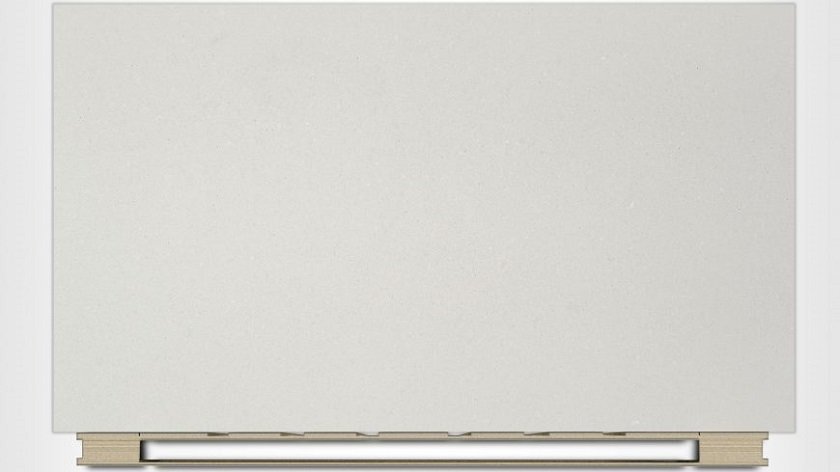
Brands mill quartz to size; they make it all flush and with perfect sizes. So this also helps to minimize some of the waste during the production and fabrication. I know you probably wonder what the difference between quartz, marble granite quartzite is. So we invite you to come down to the factory at The Worktop Library in London.
You can look at the different types of materials we have, and we can explain in further detail if you have questions.
I want to say thank you for reading. I’m trying to be as helpful as possible and help you avoid the costly pitfalls of stone worktops. That’s what the articles I write here on this website are. So if you haven’t done so already, go ahead and click subscribe. We’ll see you again in our next article, wherever you are and whatever you’re doing. I hope you’re having a fantastic day. Take care.
Author:

Alan Nussbaum
Meet Alan Nussbaum, our Sales and Marketing Manager. With almost two decades of experience, Alan’s impressive track record includes creating one of the first online stone companies in 2012 and pioneering the acceptance of cryptocurrencies in construction in 2018 before co-founding The Worktop Library with Maria.
Alan’s work is featured in numerous Stone and Home Decor magazines. In addition, he collaborates with the industry’s leading stone brands, cementing his reputation as an innovator.
Before starting a thriving career in the stone industry, Alan honed his skills by overseeing luxury fashion brands such as Burberry, Matches Fashion, and Patrick Cox. With his unique blend of experience and expertise, Alan is a true trailblazer in the stone worktop industry. His passion for delivering exceptional service is evident in every aspect of his work.
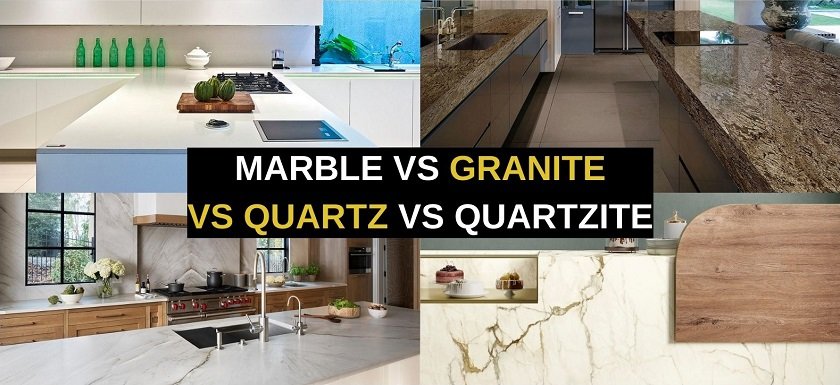
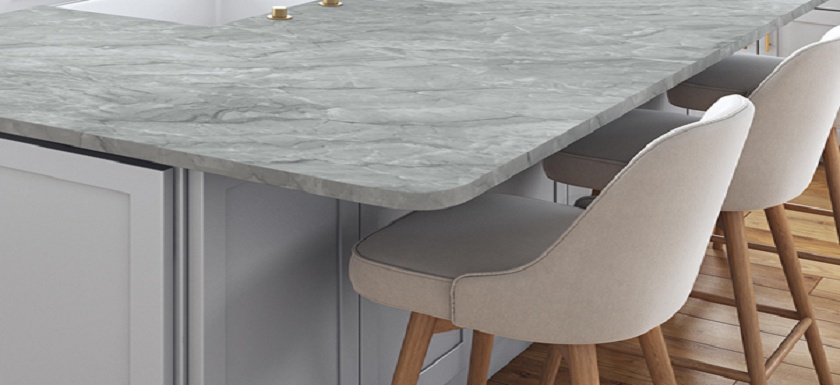 Apr 16 2021
Apr 16 2021 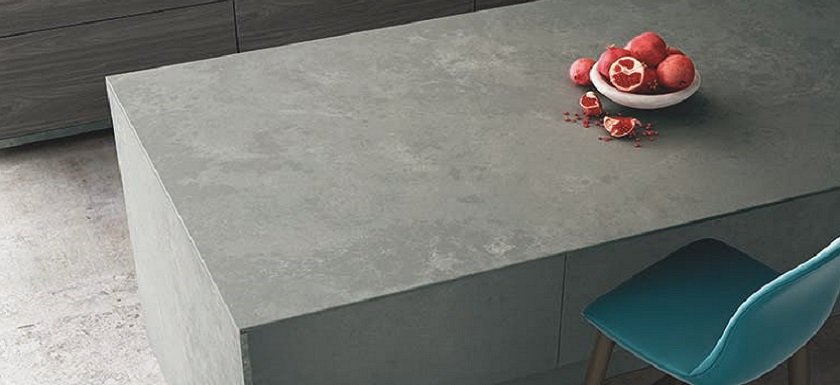 Apr 19 2021
Apr 19 2021  May 05 2021
May 05 2021 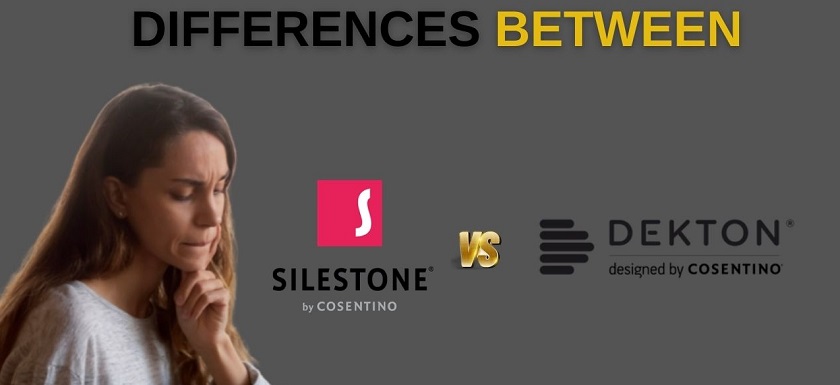 May 07 2021
May 07 2021 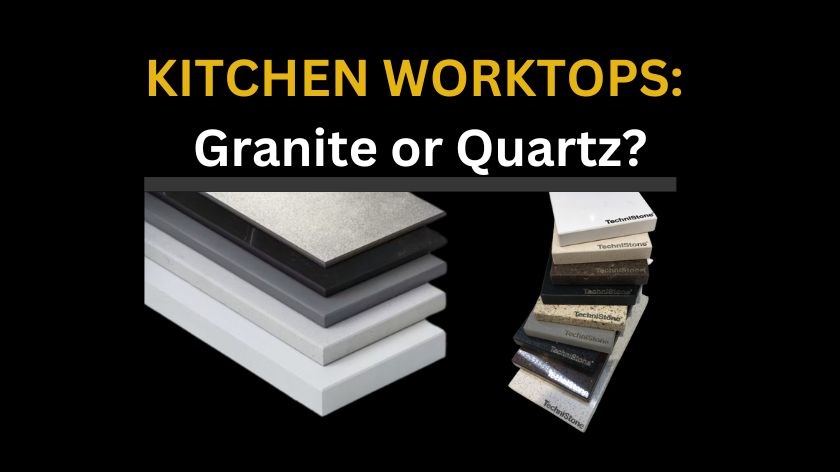 May 15 2021
May 15 2021  May 17 2021
May 17 2021 